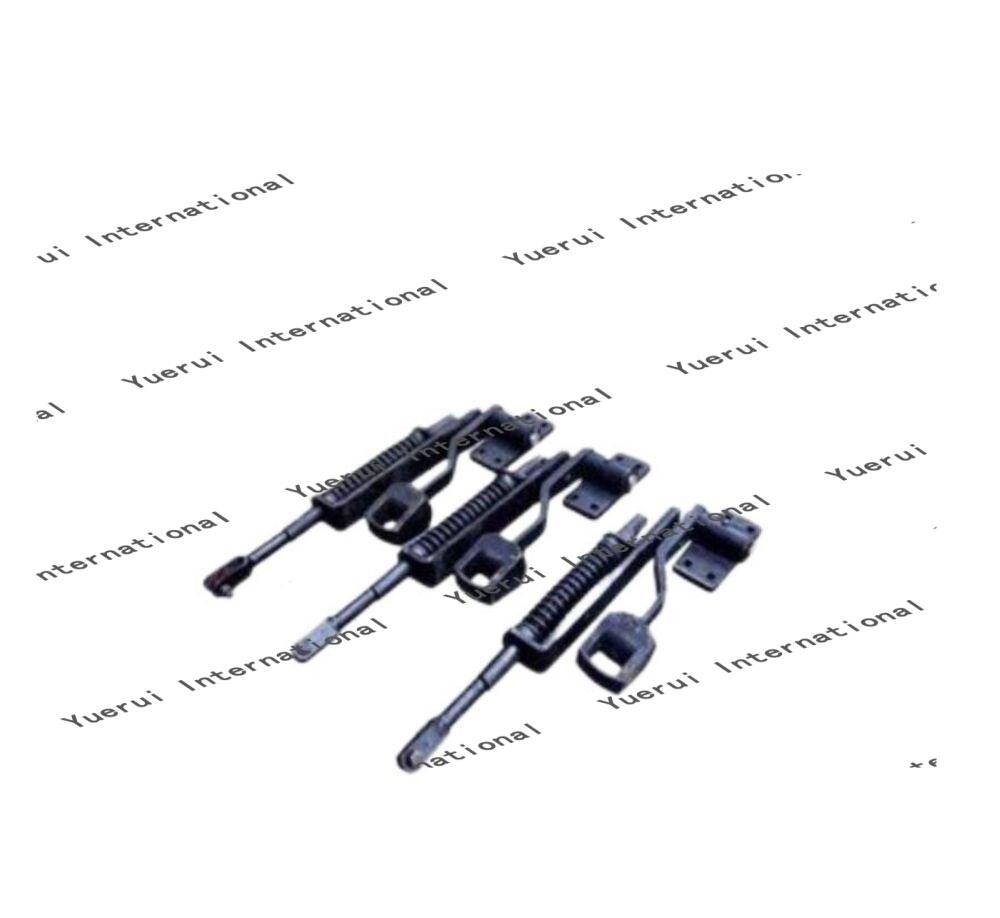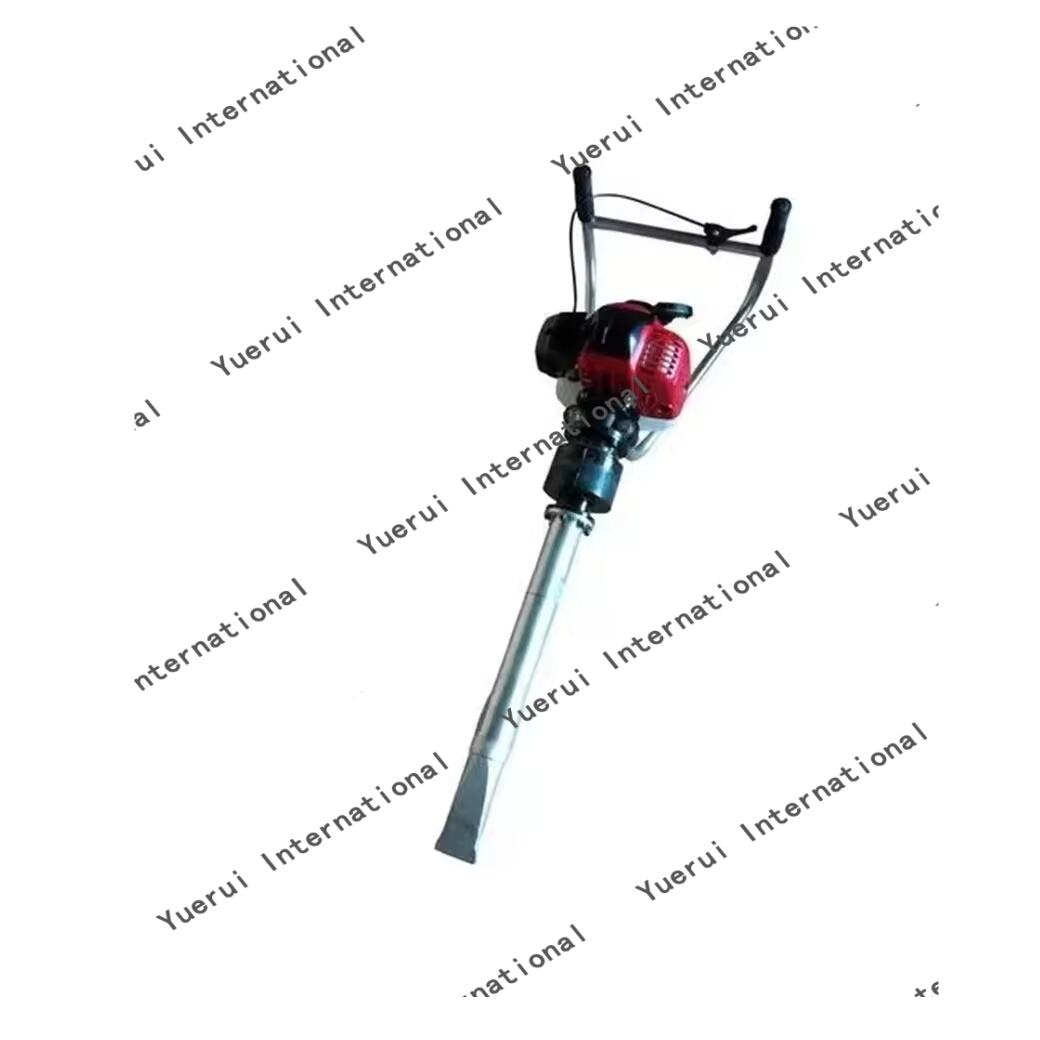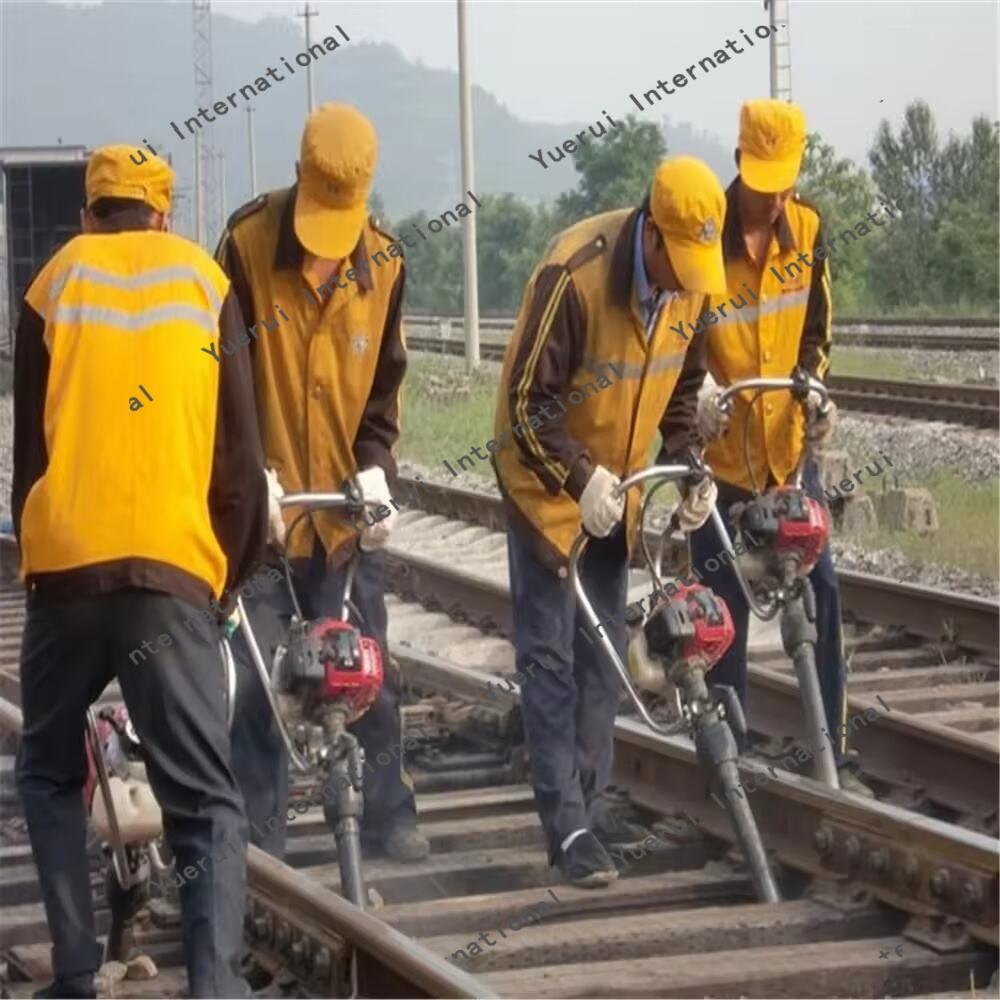railway tools and equipment
Railway tools and equipment represent essential components in the maintenance, construction, and operation of rail transportation systems. These specialized instruments encompass a wide range of devices, from track maintenance tools to safety inspection equipment. Modern railway tools combine traditional mechanical functionality with advanced technological features, including digital monitoring capabilities and precision measurement systems. The equipment includes track gauges for ensuring proper rail alignment, hydraulic track jacks for lifting and adjusting rails, rail cutting and grinding tools for track maintenance, and sophisticated diagnostic devices for identifying potential issues before they become critical problems. These tools are designed to withstand heavy-duty use while maintaining accuracy and reliability in various weather conditions. Safety features are integrated into their design, with ergonomic handles, non-slip grips, and protective mechanisms to ensure operator safety. The equipment is calibrated to meet international railway standards and specifications, ensuring consistency across different railway systems. Additionally, many modern railway tools incorporate smart technology features, such as digital readouts, wireless connectivity for data transmission, and automated logging capabilities for maintenance records.


